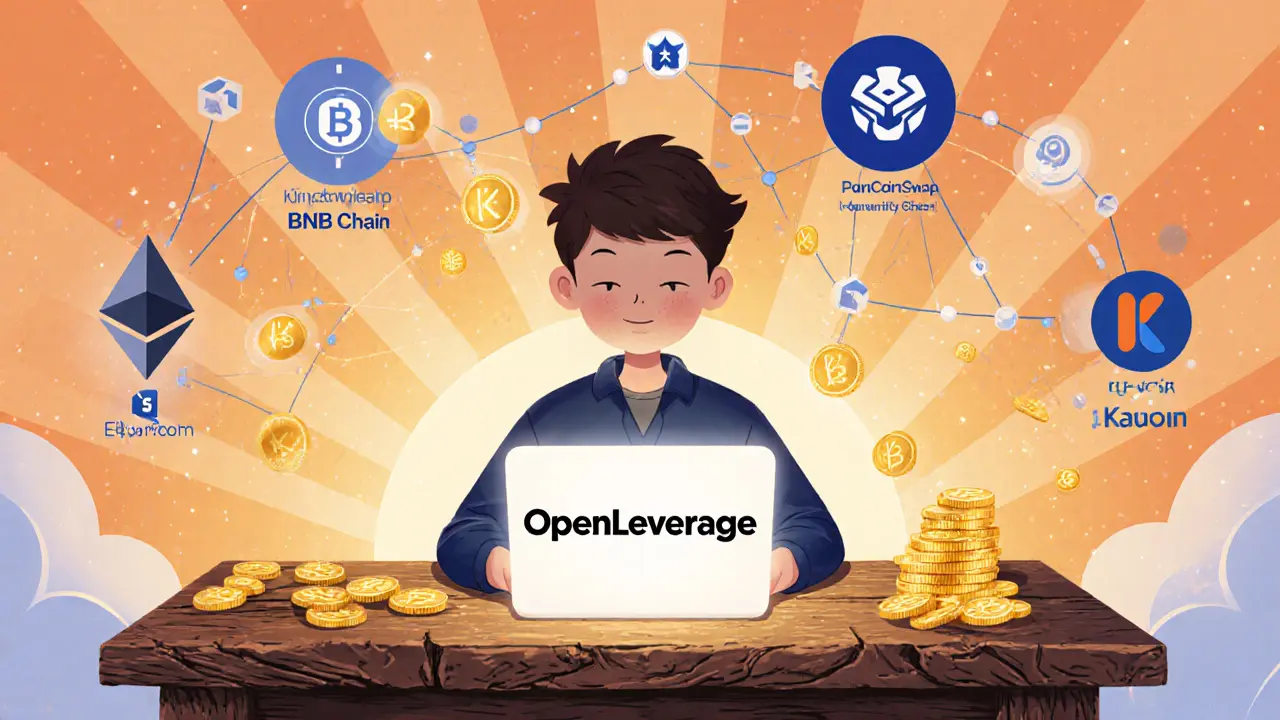Cross‑DEX: Navigating Cross‑Chain Decentralized Exchanges
When working with cross‑DEX, a decentralized exchange that lets you trade assets across different blockchain networks without leaving the platform. Also known as cross‑chain DEX, it bridges liquidity, fees, and token standards in a single interface. Cross‑DEX encompasses Liquidity Aggregation, the process of pulling together order books from multiple sources to offer the best price, and it relies on Cross‑Chain Bridges, protocols that safely move tokens between separate ledgers. Together they create a swap experience that feels like using a single exchange while actually tapping into several networks.
Why Cross‑DEX Matters for Traders and Developers
Cross‑DEX requires robust bridge infrastructure, because without a reliable path between chains the swap could fail or expose users to high slippage. The quality of a bridge directly influences the security of the trade, the speed of settlement, and the overall fee structure. In practice, a well‑designed bridge reduces gas costs on each side chain, which means the DEX can offer lower DEX Fees, the small percentages taken from each transaction to cover liquidity provider rewards and network costs. At the same time, many cross‑DEX platforms launch token Airdrops, free distributions of native tokens to early users or liquidity providers as an incentive to grow their ecosystem. The airdrop model influences user behavior, encouraging deeper liquidity provision which in turn improves the aggregation engine. This feedback loop shows how token incentives, bridge reliability, and fee optimization are tightly interwoven in the cross‑DEX world.
Below you’ll find a hand‑picked collection of articles that break down real‑world cross‑DEX projects, compare fee structures, examine bridge security, and walk you through recent airdrop case studies. Whether you’re hunting for the lowest‑cost swap, want to understand how stablecoin‑only DEXes fit into the picture, or need a step‑by‑step guide to claim a new token drop, the posts here cover the full spectrum. Dive in to see how each piece fits into the larger cross‑chain trading puzzle and get actionable tips you can apply right away.
OpenLeverage (OLE) Crypto Coin Explained - How It Works, Tokenomics & Risks
Learn what OpenLeverage (OLE) crypto coin is, how its margin trading protocol works, tokenomics, risks, and how to start using it-all in clear, simple terms.





